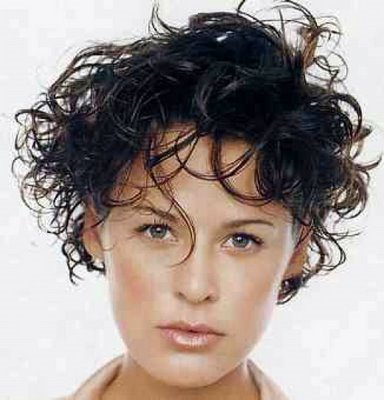
Understanding Your Hair

The first thing that you need to know about your hair is that it is DEAD. At least the hair that you see and touch is completely dead. The only alive part of your hair lies beneath the scalp; this is the part about which you can do very little. The part is known as follicle and it is a tiny bulb-shaped root of the hair buried deep in the fat of the scalp. The follicle is well supplied with minute blood vessels and continuously produces new cells. These new cells, as they move towards the surface of the scalp, become dead slowly and arrange themselves cylindrically to form the visible- and completely dead- part of the hair known as hair shaft. Hair shaft is made up of dead protein cells called keratin. Now the immediate question which arises is- how can you take care of something which is already dead? Well, suppose you have a brush which is made of bristles. How would you take care of those bristles so that they don’t break off? You would take care of your hair the same way- by preventing the hair shaft from weakening in any manner, whether physical or chemical.
One important distinction I would like to make here is between hair loss and hair breakage. Hair loss is lack of growth of hair out of hair follicle which cannot be prevented if it’s taking place. It can be genetic also. Taking care of your hair mostly involves preventing hair breakage, which is what we shall discuss here. Remember, we can only take care of the bristles on a brush which are there. We can do nothing about the bristles which have disappeared. 😉
Follicle
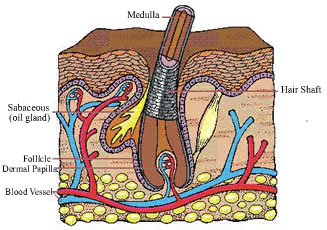
Before I move on to taking care of the hair shaft let me digress a little and discuss how we can take care of the alive part- the follicle- of the hair. The part of the hair shaft near the scalp is lubricated by a natural oil (sebum) produced by the sebaceous glands of the follicles. This oil keeps the hair shiny and smooth. So healthier are your follicles the more natural oil they produce that keeps your hair shiny. You can keep your hair follicle by eating as much protein rich diet as possible. Since hair is formed out of dead protein cells, our diets should consist of a good balance of easily digestible proteins, i.e. – dairy products, poultry, meat, nuts, beans, or peanut butter. Keep a high intake of Vitamin A and C also. Not only that, massage your scalp while shampooing your hair to facilitate more blood circulation through your scalp. This should keep your hair follicle healthy.

Now let’s go back to the crux of hair care- taking good care of your hair shaft.
Hair Shaft
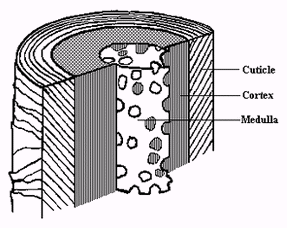
I have already said that the hair shaft is made of dead protein. So how do we take care of it? First, let’s understand the structure of the hair shaft. Our hair is made up of three layers: the cuticle (outer layer), the cortex (middle layer) and the medulla (inner layer). The medulla is a honeycomb keratin structure with air spaces within it. The cortex gives flexibility and tensile strength to hair and contains melanin (giving hair its colour). Without melanin, the hair appears grey. The cuticle is formed by 6 to 11 tightly packed scales in an overlapping structure similar to roof shingles. Unless you are chemically dyeing your hair (which affects the cortex) we are basically concerned with the cuticle. As I said earlier, cuticle is made of layers of dead cells overlapping each other. If these layers are tightly packed, then the hair looks shiny and healthy. If for some reasons those layers get peeled off, you hair becomes damaged and weak. It also results in split ends if the end of your hair shaft is completely depleted of the cuticle.
The three pics below show layers on cuticle of a healthy hair, partially damaged hair, and a completely damaged hair.
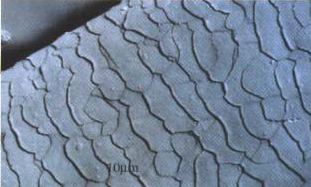


So now you know that in order to keep your hair shiny and healthy, you need to keep the scales of the cuticles densely packed together. How do you do that? By doing two simple things-
- Shampooing- Shampoo removes the excess sweat and oil, and dirt from the hair. Massage your scalp with your fingertips while shampooing your hair in order to help the blood circulate through your scalp and thereby stimulate the sebaceous gland to produces more sebum. Sebum gives the hair its own protective layer. The most effective way to wash hair is to wet the hair then apply shampoo two times, rinsing between each application of shampoo. Apply a small amount of shampoo onto the palm of the hand and rub between palms to get an even coverage. Run through the hair, focusing on the scalp for the first shampoo application and the hair for the second.
- Conditioning- If you thought shampooing your hair was enough, think again. You have only got your hair cleaned of dirt, excess oil and sweat. The peeled of cuticle layers is still to be mended, or packed more closely together. The conditioner does that job. The conditioner, which primarily contains water and fat, ‘glues’ the layers of the cuticle and brings back the shine of the hair. Keratin has a high percentage of negative charges sticking out. Hair conditioner contains positively charged ions which ‘sticks’ to Keratin. Shampoo, on the other hand, contains negatively charged ions which is good for removing dirt but also removes natural oils and positive charges from the hair, which results in build up of static electricity and ‘frizzing’ of hair. Moral of the story- Do NOT forget to apply conditioner to your hair.
Since we are talking of ions and a little bit of chemistry, I might also add that nearly all of the tensile strength of our hair comes from two bonds- the Hydrogen bond and the Salth bond. Both these bobds are electrolytically controlled, which means presence of moisture (electrolytes are water soluble compounds, remember?) and a good balance of pH. The average pH of normal human hair is 5. So you should always try to maintain that while shampooing and conditioning. So the average of pH readins of your shampoo (pH 4- 6), conditioner, and hair gel should always come out to be around 5. So always check the pH on your hair products. Also, if the average pH is not coming out to be 5, remember that a pH less than 7 is aciding and more than 7 is basic. So you can always reduce the pH of your shampoo-conditioner-gel combination by adding apple cider vinegar or increase it by adding baking soda.
Well, more in my next article..

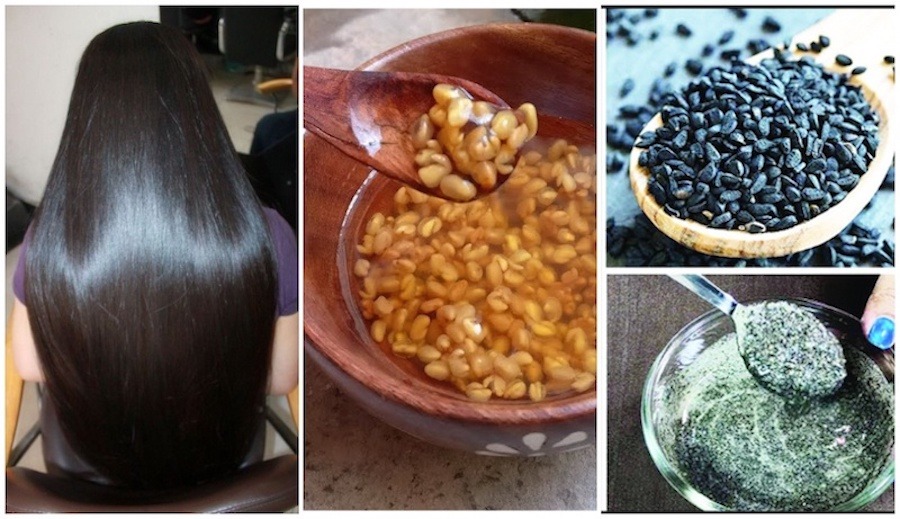
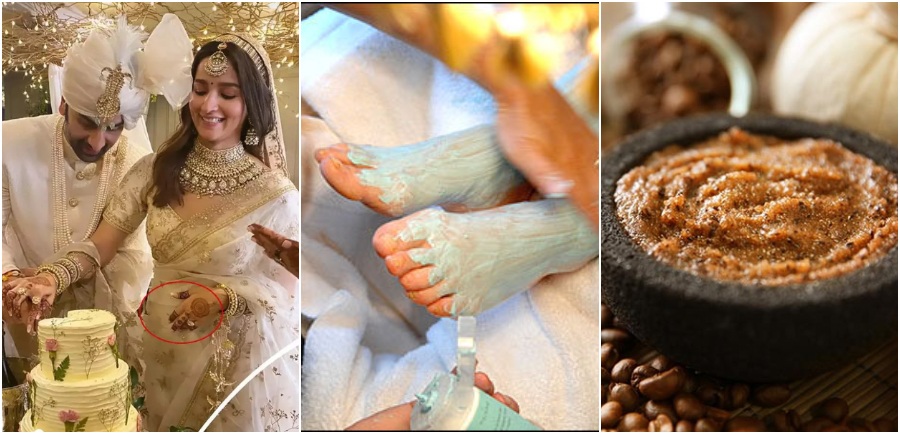

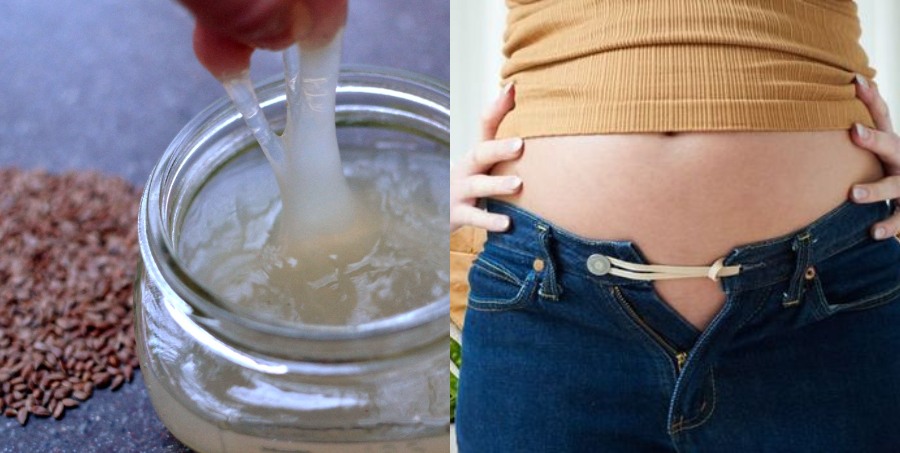


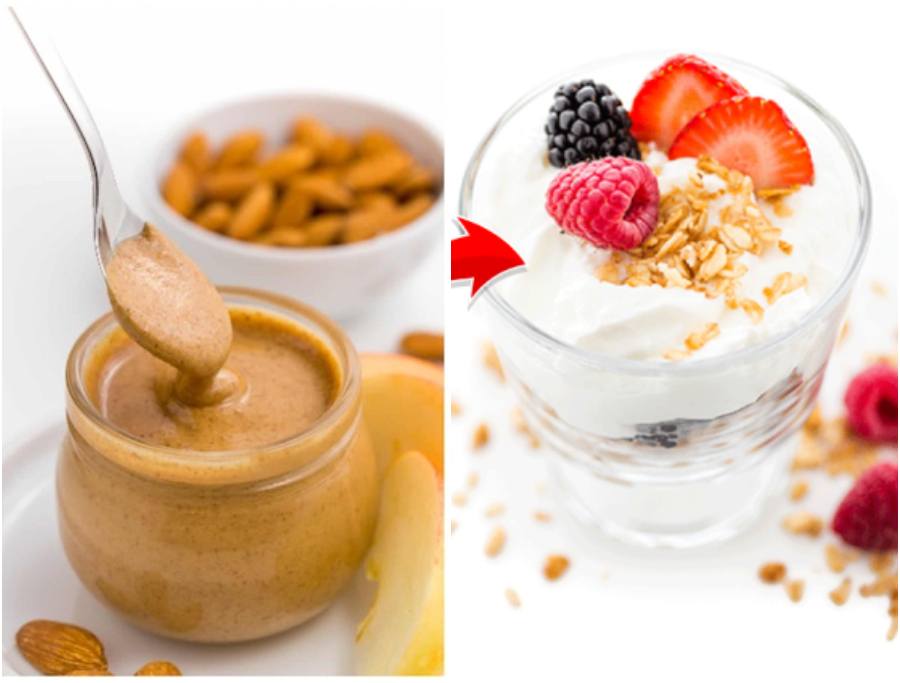
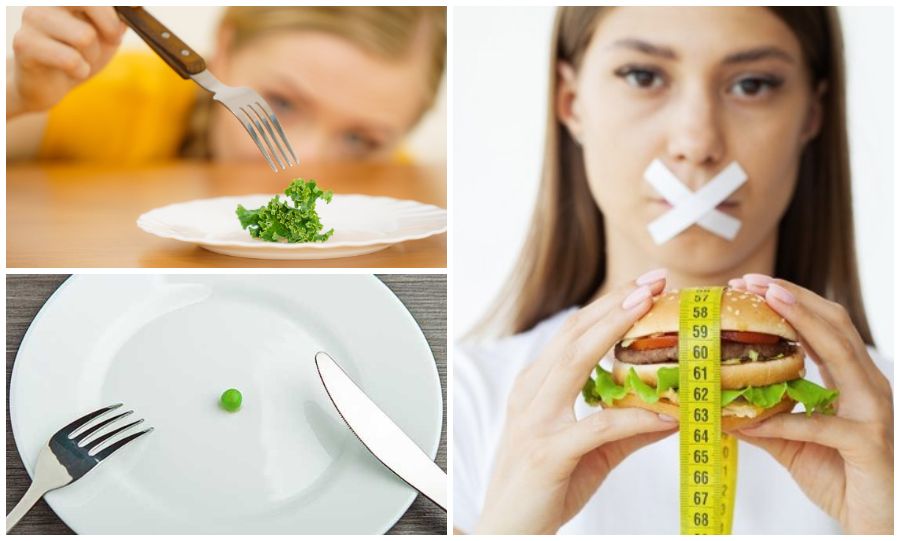
one word…WOW!
Thanks Amritha 🙂 Took a bit of a doing assimilating and writing this information.
great explanation buddy………….. will wait for ur next article
plz suggest something for hair that gets heavy n greasy soon 🙁
Hmmm..usually happens because of excess hormones, mostly in teenage years, which makes sebaceous glands secrete a lot of sebum. If you are a teen rest assured this would automatically get cured as we produce less and less sebum as we age. If you are not a teen, then just apply less conditioner. As your hair is producing natural oil, you can probably get away with shampooing only. 🙂
:worship: :worship: :worship: :worship: :worship: :worship: :worship: :worship: :worship: :worship: :worship:
Gee, I get ‘Pati Parmeshwar’ waala respect only after writing an article. :evilgrin: :evilgrin:
😛 😛 😛 😛 😛 😛
Great article Sanjeev 🙂
Thanks Preetha. 🙂
:yes: :yes:
never knew so much bout my hair !!! hehe… :laugh: :laugh:
Lot more coming up that you didn’t know. :evilgrin: :evilgrin:
WOW…… i too dint knw soooooo much abot my hair….. 😯 😯 😯
Really useful article sir……… :yes: :yes: :yes: :yes: :yes: :yes: :yes:
Thank You. 🙂
hi sanjeev very nice article………….
but i have few queries……….
1.i want a little more elaboration on the ph part……i mean u recommend acidic shampoo or basic or do u recomment according to hair type….
2i have not come across any shampoo or any conditioner that has the ph range written over it….
3. the max thats written over any hair product is ‘PH BALANCED” what does that indicate…
4.i would also like few recomendations from reputed brnds that fit into ur research………
btw………very very informative post..looking forward to the next part of series and answers to my queries…. :yes: :yes:
Hi Shilpa,
Going for a class and will answer many of your questions after I come back. One question I can answer immediately is that ‘pH balanced’ mean that the shampoo is at the normal pH level of your hair. So you need not worry about the pH in that case.
Hi Shilpa,
I think the answer to the first question would again be to go for ‘pH balanced’ shampoos and conditioners if the pH range is not written on them. That way, your hair products would be closest to what is required by hair. And yes, anything less than pH 7 is acidic and since you require pH range of 4- 7, you are looking at a little acidic shampoos and conditioner only. There are some alkali shampoo only but I suggest that you research about their particular uses.
As for the recommendation, I search and let you know if I find any. 🙂
oh….thx a lot sanjeev…….
will wait fr other answers……….
Very informative…and well written..
But How do I check the PH of my shampoo and conditioner?its not written on the bottle and its kinda difficult to access internet from the cosmetics section of a store.. :heh:
Also could u plz include details about how the hair masks and serums work in ur next article.And about build up of shampoo and conditioners 2 .Would be very kind of u!!
Regards..
Great article Sanjeev, u have explained many things about which i had doubts in my mind!! :yes: :yes: :yes:
Hi Minnie,
See my replies to Shilpa. 🙂 Will try to cover hair masks and serums in the sequels. 🙂
Thanks a lot!! :-))
Holy Molly, NOW that was great reading… :yes: :yes: :yes: :yes: :yes: :yes: :yes:
Little questions though: PLs help sahebji :nerd:
1-my hair is healthy (no chemicals,often oiled/treated) but very thick and curly, and as it currently very short… :lion: :lion: :lion: it doesn’t feel very soft upon touching, is there any relation with hair type and thickness?? what would be the most effective way to moisture it, given my hair type?? :-(( :-(( :-(( :-(( :-(( :-(( :-(( :-(( :-((
Deb,
Let me summarize a little for you
1. Your hair is not soft- lack of moisture. Since you have curly hair I am not surprised.
2. It is thick- it can be either because your hair is coarse or because you have more layers on your cuticle. The thickness of hair is determined by the number of layers on your cuticle. But I believe that the former is more probable, i.e. you have coarser hair, as your hair is also dry.
3. About color and hair thickness the only thing I know is that blondes have more hair than brunettes on their heads but blonde hair is finer than a brunette’s.
I am not a hair expert but what might be happening is that you are brushing your hair when dry or shampooing more often. Curly hair dries out quickly. What I suggest (and do let me know if it works) is that you quit using shampoo completely and wash your hair directly with conditioner (it is known as cowashing). Also, you comb and brush your hair during the application of conditioner only. Also, don’t use force while brushing or combing your hair to deentangle it. You will only peel off the cuticle and make the hair coarser.
Sanjeev, thanks for the cowashing tip and in fact my hair is awfully coarse but i do not comb it at all dry :silly: :silly: :silly: :silly:
hahaha i know hair is dead yet its what we spend so much time on !!!
very informative, waiting for the next part
that’s a lot of information sanjay. thanks. are you a doctor ? ?:-)
and plz could you elaborate on hair loss that is genetic ?
Hi Gayathri,
No I’m not a doctor. I’m an engineer by qualification and currently employed as a full-time husband. 🙂
*Likes that full time Husband Part*
Indian men need to learn from u.. 😀
this hexagon smiley avtar for me is funny! rati – do you assign these or some automatic program does it ? :-))
Waiting for some more…